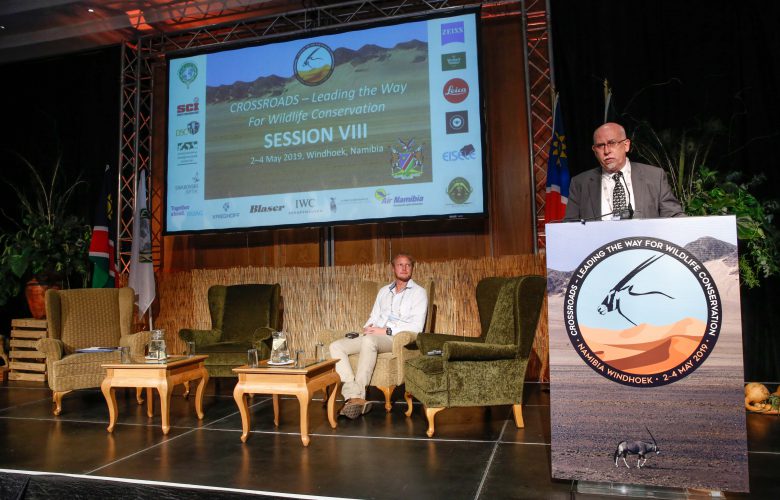Dr. Jacques Trouvilliez (Executive Secretary of the Agreement on the Conservation of African‐Eurasian Migratory Waterbirds) gave his opening remarks on the impact that climate change will have on migratory birds. Species will be lost and gained in different areas due to temperature shifts and hydrological changes. It is predicted that East/West/North/Southwest Africa and the Arctic will be critical sites that see the highest deterioration.
There are currently three international tools to enhance Migratory Birds conservation along the flyways:
- The African-Eurasian migratory waterbirds conservation Agreement (AEWA)
- The African-Eurasian Raptors MoU
- The African-Eurasian Landbirds Initiative
Much like climate change, there is a need to act despite a lack of data. Countries will need to coordinate efforts if trends are to become more stable; species that do well in one part of the world may be struggling in other areas. The AEWA plan of action for Africa 2019-2027 was outlined, the aims of which will be:
- Call for collation and dissemination of waterbird-related data and information (e.g. annual national waterbird reports under target)
- Call for attention on identifying capacity needs across all four substantive objectives, for more effective capacity enhancement action
- Vital information to be provided by Parties to feed into international assessments
Research and Collections Manager of the Okavango Wilderness Project, Götz Neef, then gave a summary of his work on the Okavango. Working as part of a wild bird trust, his work includes mapping the area, logging species, bird sightings and water quality testing. The overall goal of the Okavango Wilderness Project will be to get the entire area protected, however this is difficult due to the terrain and weather conditions. On these expeditions in Angola, 4 new species have been discovered, along with 67 range extensions.

